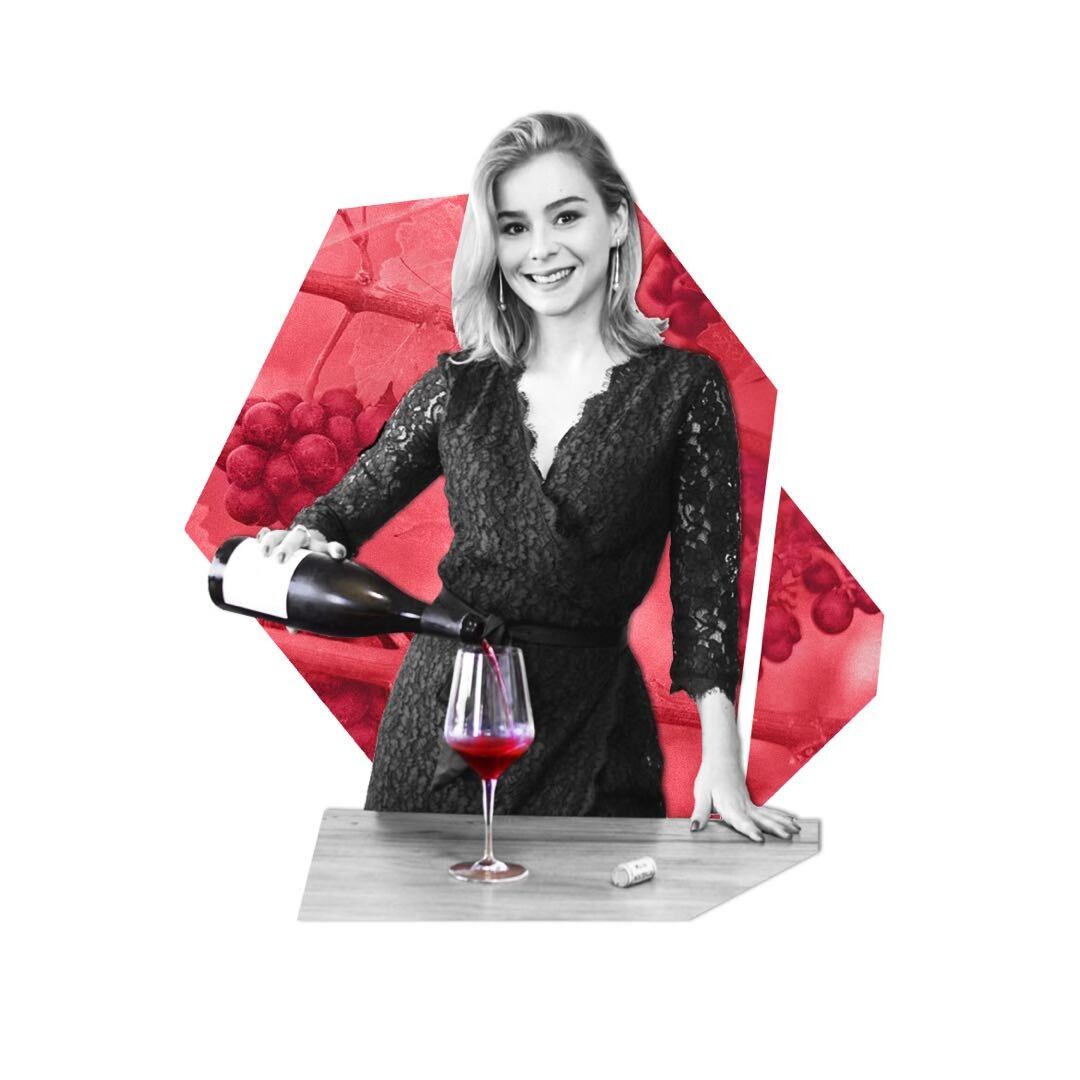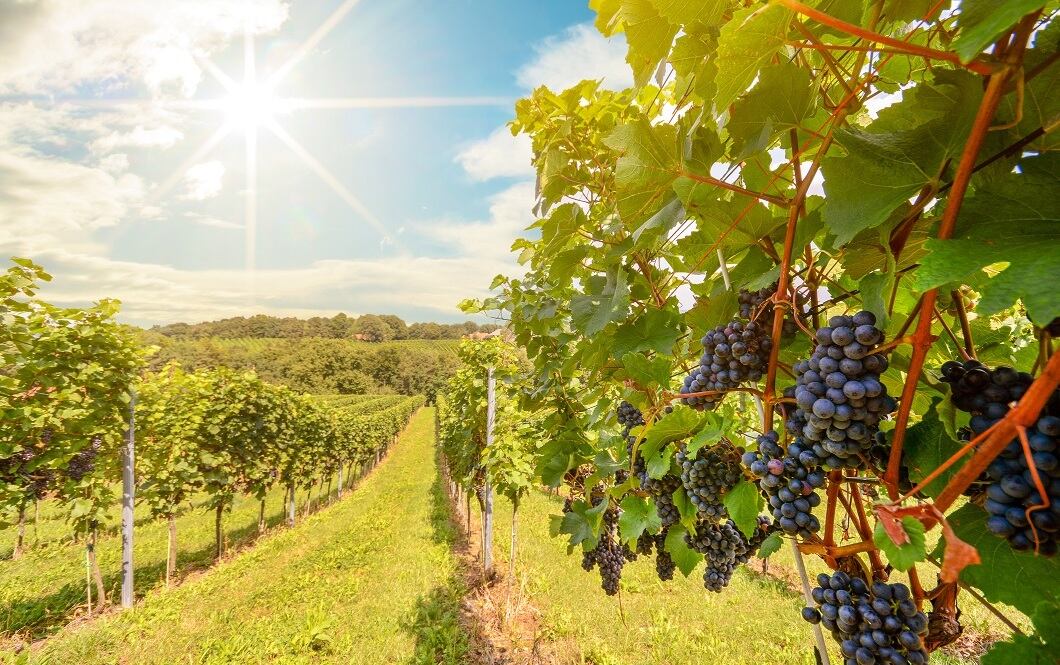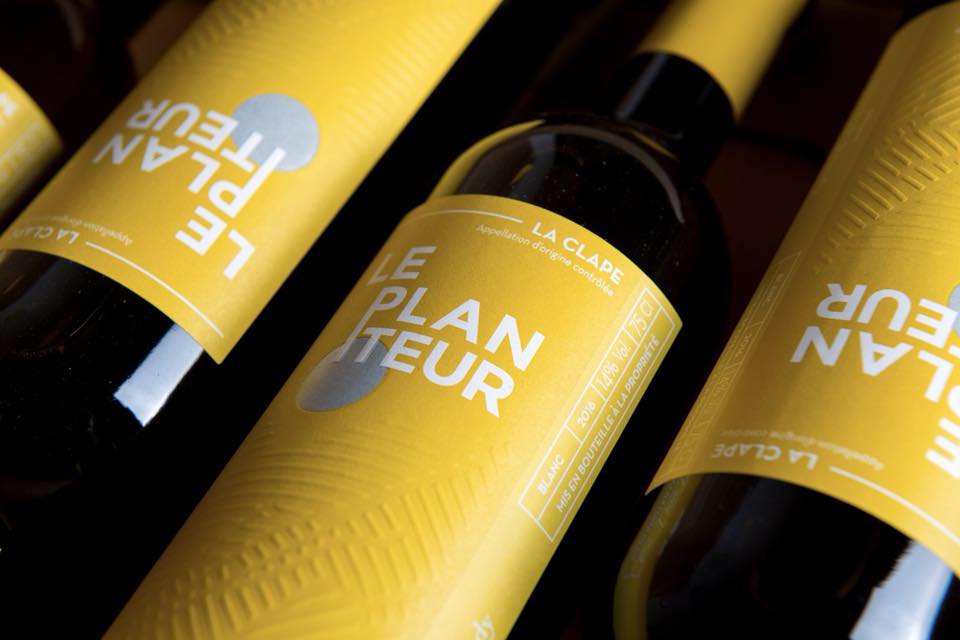This also creates confusion about how to communicate these credentials on the part of the producers, as distinctions must be made in order to avoid consumer misunderstanding. And it’s no secret that winemakers need to nail their brand communication and labeling when it comes to such credentials.
According to research by the Pew Research Center, 71% of Americans make purchasing decisions based on nutrition and ingredients labels. In addition, 68% of Americans have purchased organic food products within the past month - a number which is growing due to the number of perceived benefits of organic products.
Let’s take a look into how brands can best convey the credentials of each of these categories in order to maintain consumer confidence and make their brand messaging clear.
How can brands communicate organic credentials?
Play to your strengths
'Organic wine often comes from smaller winemakers as it's difficult to produce in volume. Champion this - it should be clear to consumers that they are supporting a smaller business'
Producing organic wines sets a lot of brands apart from the competition, and the demand is growing. By 2022, more than one billion bottles of organic wine are expected to be consumed globally.
Organic wine often comes from smaller winemakers, since it’s notoriously difficult to produce in volume. It’s also very dependent on the region and producer, so while competition is growing, there are still certain points of differentiation between organic wine brands. Small organic winemakers should make their voices heard by championing this aspect of their brand: It should be clear to consumers that they are supporting a smaller business that’s dedicated to the practice.
Organic winemakers must be inherently passionate about their product, as it doesn’t necessarily result in better profit margins than traditional winemaking due to the risky nature of a harvest with no pesticides. They can convey this passion clearly in their brand messaging and on the label by telling the story behind the winery and creating a narrative around the product.
Organic wine brands can also leverage a number of official certifications to gain consumer confidence. In the US, they can apply to be USDA Organic certified. In the EU they can be certified as “organic wine” if they are made with organically grown grapes, all organic additives, and no GMOs, with sulfur additions limited to 100 parts per million (ppm) in red wines and 150 ppm in white or rosé wines.
Conveying sustainability to conscious consumers
Sustainability in wine not only refers to ecologically sound vineyards and production methods but also socially responsible and economically viable practices. Sustainable wine production involves practices like carbon sequestration, water conservation, and renewable energy usage, and is largely about reducing waste in winemaking.
Three tips for presenting a sustainable wine brand
- Get local certification
- Create a narrative, focusing less on the technical how and more on the emotive why
- Think about a non-traditional label on the bottle to communicate new techniques
Making sure they convey these efforts to practice sustainable winemaking is crucial for brands, especially as consumers grow to be increasingly eco-conscious. In fact, this Nielsen report states that "Brands that are able to strategically connect (sustainability) to actual behavior are in a good place to capitalize on increased consumer expectation and demand." It continues to explain that "Sustainability claims on packaging must also reflect how a company operates inside and out."
In order to add legitimacy to their sustainability credentials, winemakers should get certified with whatever local certification is available. In the US, options include the Sustainability in Practice (SIP) certification, CERTIFIED SUSTAINABLE, which is administered by the California Sustainable Winegrowing Alliance (CSWA), and LIVE Certified, which supports environmentally and socially responsible winegrowing. Internationally, winemakers can get certified by the EMS Environmental Management System (ISO 14001/ISO 14004).
Narrative is also important. In addition to getting certified, sustainable winemakers should focus less on the how and more on the why. Just as with organic wines, consumers are much more likely to connect to a story than a simple list of sustainable practices. Maybe something triggered the switch to environmentally-friendly methods, or efforts to alter other aspects of the producers’ lifestyle spilled over into winemaking practices. It’s important that brands give their sustainability narrative a unique, personal edge to engage consumers.
And of course, brands should never underestimate the power of the label and the information it displays. While social media marketing and advertising campaigns will help reach people, displaying sustainability credentials loud and clear on the label is the only way to ensure every consumer understands the efforts being made. A non-traditional looking label that tells the brand story and shows how the company has broken from traditional winemaking practices to reduce its impact on the planet is the way forward.
Clearing up consumer confusion over biodynamic wine
Biodynamic wine is made with a focus on holistic agricultural health. It generally has a more niche set of consumers, as the vast majority are not well-aware of the intricacies of the techniques, which can often resemble witchcraft-like practices.
To avoid putting general customers off by trying to explain the complexity and reasoning behind these methods, biodynamic wine producers should focus on having a clear message that conveys the organic qualities of their product, their rejection of pesticides and GMOs, and the environmental benefits of the methods.
To connect with smaller groups of enthusiasts, brands can delve deeper into the specific techniques of biodynamic winemaking by publishing detailed blog posts on their website. Current official certifications for biodynamic wines include Demeter in the US and Biodyvin in Europe.
Know your audience
It goes without saying that marketing organic, sustainability, or biodynamic credentials is only going to be effective if the message falls on the right ears.
Receptiveness to these credentials will vary wildly across geographical regions, so it’s crucial that winemakers get to know their audience.
For example, in China, wine is already seen as inherently healthy. The vast majority of consumers are not yet focused on sustainable or organic practices, so promoting this message here to drive sales may be a little tougher.
On the contrary, in New Zealand, organic winemaking has become the norm. Here, producers should be sure to shout their message loud and clear. Europe and North America are somewhere in the middle: Organic and sustainable wines are growing in popularity, especially with socially and environmentally conscious millennials.
Ultimately, effectively communicating a given method of winemaking will come naturally to producers that are true to their practice and carry it out with passion and a love for the product. But that’s not to say there aren’t ways to maximize consumer connection. In order to achieve this, winemakers should make sure to craft a narrative, add legitimacy with an official certification, and focus on conveying the why of the chosen methods.

About the author: Emilie has cultivated her career as a Certified Educator from WSET, Certified Sommelier from CMS, HEG Certificate from Cordon Bleu, and is currently a Master of Wine Candidate.
As Head of Education Asia & MEIA for Treasury Wine Estates, she develops programs for front line staff across China, where her team trains thousands of drink enthusiasts across Asia. She currently serves as China Eastern Airlines Official Wine Consultant for First and Business Class and Her podcast Bottled In China reached over 25K listeners.


